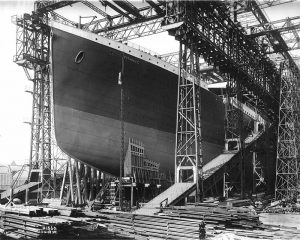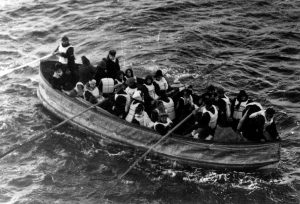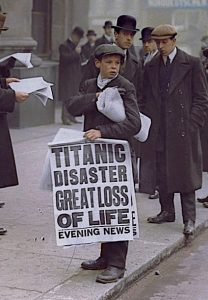The Building of Titanic

On May 31, 1911, over 100,000 spectators attended the launch of Titanic’s submergence into the River Lagan, in Belfast. At the time, this process of moving Titanic into the water made her the ”largest moveable man-made object”.
The Passengers Aboard
Titanic Sets Sail from Southampton

First, it was recorded that small coal fire broke out in one of the bunkers of the ship, though this was not uncommon on steamships at this time. Whilst the matter was attended to, the captain, Edward Smith, alongside other associates, came to an agreement that there was no sufficient damage caused. As a result, allowance was given to the stokers of the ship to maintain the fire whilst at sea.
April 14th, 1912
The Evacuation of Titanic

These disorderly actions came with a tragic price. As each under-filled lifeboat escaped many passengers were left stranded in the cold, icy waters of the North Atlantic.
The Unsinkable Ship Sinks

The first form of help came from Cunard’s Carpathia, a nearby ship that picked up Titanic’s SOS calls. After scanning the sea for survivors, Cunard’s Carpathia took the survivors and transported them to New York City.
